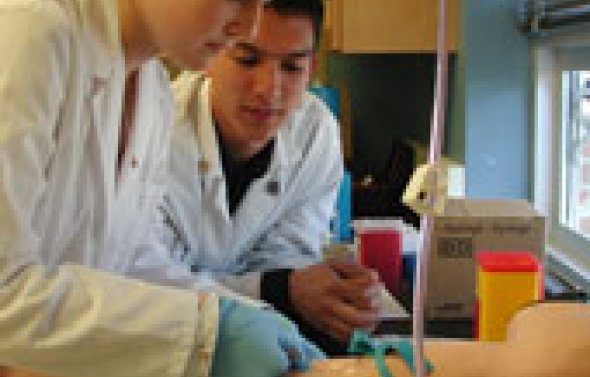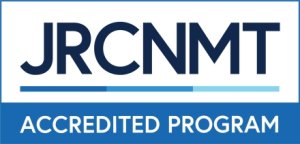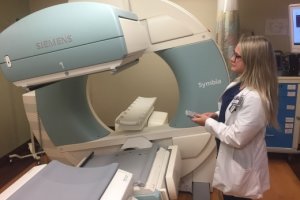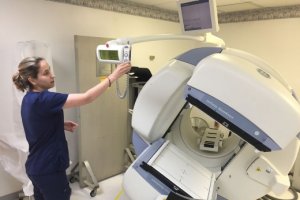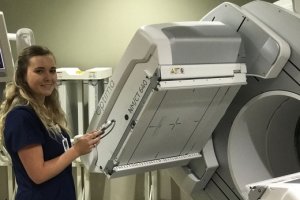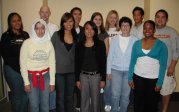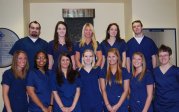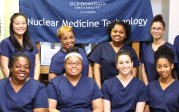About the Program
The mission of the NMED program is to prepare competent, qualified nuclear medicine technology professionals with practice, management, research and teaching skills to address the changing health needs of the region, state and nation. The NMED program supports the stated mission of the university which is to "enhance the quality of the educational experience, both on campus and through distance learning". The Nuclear Medicine Technology program supports the University goals of (a) serving a culturally diverse undergraduate population, (b) quality undergraduate programs, (c) discovery of new knowledge, (d) quality teaching.
The Nuclear Medicine Technology Certification Board (NMTCB) certifies individuals whom have developed the requisite body of knowledge to practice nuclear medicine technology, and registers those individuals who meet these criteria. The NMTCB endeavors to promote quality patient care and to serve the public, the profession, and employers by developing and administering psychometrically sound certifications for individuals to enter, continue, and advance in nuclear medicine technology.
At the end of the program, graduates will be able to operate as entry level NMTs in five areas: radiation physics and detection, radiation safety radiopharmacy, instrumentation operation/quality control and clinical procedures. One of the strategic goals of the department and the College of Health Sciences is to enhance academic excellence, advance new knowledge, and create interprofessional education and a practice culture.
The five specific student learning outcomes employed by the program are:
Student Learning Outcome #1 - Radiation Physics and Detection
Graduates will be able to demonstrate an understanding of the concepts in radiation physics and detection. Physical properties, measurement of radioactivity, radiation interaction, detector types and principles, counting statistics.
Student Learning Outcome #2 - Radiation Safety and Regulations
Graduates will be able to demonstrate competence in radiation safety compliance with local, state and federal regulations. Radiation safety compliance encompasses fundamental theory and practical application of radiation protection in the nuclear medicine workplace. Radiation safety includes the units of radioactivity, exposure, and dosimetry; the science and practice of safety techniques; and state and federal rules and regulations associated with the use of radioactive material.
Student Learning Outcome #3 - Pharmaceutical and Radiopharmaceutical Agents
Graduates will be able to obtain, prepare, identify, label, record and administer the appropriate radiopharmaceuticals for use in patients as required by specific imaging and non-imaging protocols and procedures. Radiopharmaceuticals encompasses fundamental theory and practical application of radiopharmacy operations.
Radiopharmacy includes the development, manufacture, preparation, dispensing, administration and application of a radioactive drug used for diagnostic or therapeutic purposes, as well as the rules and regulations pertaining to such activities.
Student Learning Outcome #4 - Instrument Operations and Quality Control
Graduates will be able to demonstrate competence in the knowledge and application of nuclear instrumentation skills at an entry-level in a clinical nuclear medicine environment. Nuclear Instrumentation encompasses fundamental theory and practical application of mechanical and electrical devices used in nuclear medicine technology including but not limited to gamma cameras (planar and SPECT), positron emission tomography, radiation detectors and counters and dose measurement systems. Instrumentation includes theory, operation and quality control procedures, as well as the use of filters and equations in the processing of data.
Student Learning Outcome #5 - Clinical Procedures
Graduates will be able to demonstrate entry-level competence in diagnostic nuclear medicine imaging by administering radiopharmaceuticals, selecting appropriate scintillation camera imaging parameters, positioning patients, collecting, processing and analyzing imaging data and performing or describing non-imaging in-vivo studies. The student will also be able to manage biohazardous, chemical and radioactive waste in accordance with applicable regulations and facility policies.
Admission to the program is a separate process after admission to the University.
The program is currently accredited for 12 students. Admission to the program is selective.
Only a limited number of students are granted an interview each year, depending upon the total number of qualified applicants. The first cut of any group of applicants is determined via grade point average(GPA).
Once a group of qualified applicants (typically 18-20) has been identified, the admissions process continues as indicated below.
Selection of students is based upon several criteria:
- Grade Point Average (GPA) - overall, all institutions.
- Grade Point Average (GPA) in Math and Science: (Anatomy and Physiology, Chemistry, Physics, Algebra, and Statistics)
- Grade Point Average (GPA) in ODU course work
- Nuclear Medicine Technology (NMED) courses grades: (Fundamental Concepts and Medical Terminology) at time of application.
- Three letters of reference
- An Interview with the Admissions Committee
For information and forms concerning application to the University contact the:
Office of Admissions
Old Dominion University
Norfolk, VA 23529-0050
(757) 683-3685
The university application is also available on-line.
For information and instructions on obtaining financial aid contact the:
Office of Student Financial Aid
Old Dominion University
Norfolk, VA 23529-0050
(757) 683-3683
Information and instructions are also available on-line
Application Instructions
- Students must first apply and be accepted at Old Dominion University.
- Students should contact the College of Health Sciences Advising Office 683-5137 and meet with a pre-health advisor to indicate their interest in applying to the NMED Program.
- Once all University requirements and program prerequisites have been completed, students typically begin their third or, Junior year.
- In the third year, students take NMED 300 and NMED 331.
- An application packet is distributed during the Fall semester in the NMED 331 class. Students are responsible for obtaining all application materials and submitting a completed packet .
- A completed application packet(as described below)must be received by the program director by October 15th each Fall semester.
- A completed packet will contain the following items:
- Completed Application Forms.
- Three letters of reference.
- Transcripts from all Colleges and Universities attended.
- The top 18-20 applicants are granted an interview with the Admissions Committee, which typically occurs the first week of November in the Fall Semester.
- Based on current accreditation guidelines, twelve (12) students may be accepted.
- Students are notified of their admission status within one week of the Interviews.
The Program is accredited by the Joint Review Committee on Educational Programs in Nuclear Medicine Technology (JRCNMT)
Graduate achievement data is an indicator of program effectiveness, demonstrating extent to which a program achieves its goals. The current report on graduate achievement data, by program, is available on the JRCNMT website by clicking on the following link: Graduate Achievement Report
The nuclear medicine technology program at Old Dominion University is accredited by the Joint Review Committee on Educational Programs in Nuclear Medicine Technology (JRCNMT), 820 W. Danforth Rd, #B1 / Edmond, OK 73003; phone 405-285-0546; mail@jrcnmt.org; www.jrcnmt.org. This program is currently on probation but it is accredited. For more information go to JRCNMT online directory of accredited programs and read the accreditation letter linked to the program's directory listing (https://www.jrcnmt.org/find-a-program/). Implications of attending a program that is on probation are available at https://www.jrcnmt.org/students/program-on-probation-faqs/.
The mission of the NMED program is to prepare competent, qualified nuclear medicine technology professionals with practice, management, research and teaching skills to address the changing health needs of the region, state and nation. The NMED program supports the stated mission of the university which is to "enhance the quality of the educational experience, both on campus and through distance learning". The Nuclear Medicine Technology program supports the University goals of (a) serving a culturally diverse undergraduate population, (b) quality undergraduate programs, (c) discovery of new knowledge, (d) quality teaching.
The Nuclear Medicine Technology Certification Board (NMTCB) certifies individuals whom have developed the requisite body of knowledge to practice nuclear medicine technology, and registers those individuals who meet these criteria. The NMTCB endeavors to promote quality patient care and to serve the public, the profession, and employers by developing and administering psychometrically sound certifications for individuals to enter, continue, and advance in nuclear medicine technology.
At the end of the program, graduates will be able to operate as entry level NMTs in five areas: radiation physics and detection, radiation safety radiopharmacy, instrumentation operation/quality control and clinical procedures. One of the strategic goals of the department and the College of Health Sciences is to enhance academic excellence, advance new knowledge, and create interprofessional education and a practice culture.
The five specific student learning outcomes employed by the program are:
Student Learning Outcome #1 - Radiation Physics and Detection
Graduates will be able to demonstrate an understanding of the concepts in radiation physics and detection. Physical properties, measurement of radioactivity, radiation interaction, detector types and principles, counting statistics.
Student Learning Outcome #2 - Radiation Safety and Regulations
Graduates will be able to demonstrate competence in radiation safety compliance with local, state and federal regulations. Radiation safety compliance encompasses fundamental theory and practical application of radiation protection in the nuclear medicine workplace. Radiation safety includes the units of radioactivity, exposure, and dosimetry; the science and practice of safety techniques; and state and federal rules and regulations associated with the use of radioactive material.
Student Learning Outcome #3 - Pharmaceutical and Radiopharmaceutical Agents
Graduates will be able to obtain, prepare, identify, label, record and administer the appropriate radiopharmaceuticals for use in patients as required by specific imaging and non-imaging protocols and procedures. Radiopharmaceuticals encompasses fundamental theory and practical application of radiopharmacy operations.
Radiopharmacy includes the development, manufacture, preparation, dispensing, administration and application of a radioactive drug used for diagnostic or therapeutic purposes, as well as the rules and regulations pertaining to such activities.
Student Learning Outcome #4 - Instrument Operations and Quality Control
Graduates will be able to demonstrate competence in the knowledge and application of nuclear instrumentation skills at an entry-level in a clinical nuclear medicine environment. Nuclear Instrumentation encompasses fundamental theory and practical application of mechanical and electrical devices used in nuclear medicine technology including but not limited to gamma cameras (planar and SPECT), positron emission tomography, radiation detectors and counters and dose measurement systems. Instrumentation includes theory, operation and quality control procedures, as well as the use of filters and equations in the processing of data.
Student Learning Outcome #5 - Clinical Procedures
Graduates will be able to demonstrate entry-level competence in diagnostic nuclear medicine imaging by administering radiopharmaceuticals, selecting appropriate scintillation camera imaging parameters, positioning patients, collecting, processing and analyzing imaging data and performing or describing non-imaging in-vivo studies. The student will also be able to manage biohazardous, chemical and radioactive waste in accordance with applicable regulations and facility policies.
Admission to the program is a separate process after admission to the University.
The program is currently accredited for 12 students. Admission to the program is selective.
Only a limited number of students are granted an interview each year, depending upon the total number of qualified applicants. The first cut of any group of applicants is determined via grade point average(GPA).
Once a group of qualified applicants (typically 18-20) has been identified, the admissions process continues as indicated below.
Selection of students is based upon several criteria:
- Grade Point Average (GPA) - overall, all institutions.
- Grade Point Average (GPA) in Math and Science: (Anatomy and Physiology, Chemistry, Physics, Algebra, and Statistics)
- Grade Point Average (GPA) in ODU course work
- Nuclear Medicine Technology (NMED) courses grades: (Fundamental Concepts and Medical Terminology) at time of application.
- Three letters of reference
- An Interview with the Admissions Committee
For information and forms concerning application to the University contact the:
Office of Admissions
Old Dominion University
Norfolk, VA 23529-0050
(757) 683-3685
The university application is also available on-line.
For information and instructions on obtaining financial aid contact the:
Office of Student Financial Aid
Old Dominion University
Norfolk, VA 23529-0050
(757) 683-3683
Information and instructions are also available on-line
Application Instructions
- Students must first apply and be accepted at Old Dominion University.
- Students should contact the College of Health Sciences Advising Office 683-5137 and meet with a pre-health advisor to indicate their interest in applying to the NMED Program.
- Once all University requirements and program prerequisites have been completed, students typically begin their third or, Junior year.
- In the third year, students take NMED 300 and NMED 331.
- An application packet is distributed during the Fall semester in the NMED 331 class. Students are responsible for obtaining all application materials and submitting a completed packet .
- A completed application packet(as described below)must be received by the program director by October 15th each Fall semester.
- A completed packet will contain the following items:
- Completed Application Forms.
- Three letters of reference.
- Transcripts from all Colleges and Universities attended.
- The top 18-20 applicants are granted an interview with the Admissions Committee, which typically occurs the first week of November in the Fall Semester.
- Based on current accreditation guidelines, twelve (12) students may be accepted.
- Students are notified of their admission status within one week of the Interviews.
The Program is accredited by the Joint Review Committee on Educational Programs in Nuclear Medicine Technology (JRCNMT)
Graduate achievement data is an indicator of program effectiveness, demonstrating extent to which a program achieves its goals. The current report on graduate achievement data, by program, is available on the JRCNMT website by clicking on the following link: Graduate Achievement Report
The nuclear medicine technology program at Old Dominion University is accredited by the Joint Review Committee on Educational Programs in Nuclear Medicine Technology (JRCNMT), 820 W. Danforth Rd, #B1 / Edmond, OK 73003; phone 405-285-0546; mail@jrcnmt.org; www.jrcnmt.org. This program is currently on probation but it is accredited. For more information go to JRCNMT online directory of accredited programs and read the accreditation letter linked to the program's directory listing (https://www.jrcnmt.org/find-a-program/). Implications of attending a program that is on probation are available at https://www.jrcnmt.org/students/program-on-probation-faqs/.
Description: The Nuclear Medicine Technology (NMED) program offers undergraduates an opportunity to earn a Bachelors of Science degree in Nuclear Medicine Technology. The ODU NMED program has graduated nearly 300 students since it's inception in 1987. The program leads to a Bachelor of Science in Nuclear Medicine Technology (BSNMT) and can accept 12 students annually. The NMED program includes a variety of on and off-campus courses and approximately 1300 hours of clinical experiences.
Mission: The NMED program supports the stated mission of the College of Health Sciences by preparing competent, qualified nuclear medicine technology professionals with practice, management, research and teaching skills to address the changing health needs of the region, state and nation. Further, the NMED program provides leadership in healthcare by offering excellent educational experiences in a quality learning environment to facilitate the development of competent, caring health professionals.
Contact the Director
Sara Maynard, Program Director
2007 Health Sciences 1 Bldg.
4608 Hampton Blvd
Norfolk, VA 23529
smaynard@odu.edu
Telephone: 757-683-4702
2018-2019
Nuclear medicine technology involves the provision of direct care for individuals and is characterized by the application of verified knowledge and skillful performance in the medical imaging domain. Therefore, in order to be considered for admission to the program, all applicants should:
-
Possess sufficient skills in order to communicate with individuals promptly and effectively through speaking, reading and writing.
-
Possess sufficient skills in order to accurately prepare and administer radiopharmaceuticals.
-
Possess sufficient skills in order to observe, assess, and care for patients.
-
Possess sufficient skills in order to respond promptly and implement the manipulation ofequipment, and the positioning and lifting of patients as required to meet the healthcare needs related to nuclear medicine technology.
-
Possess sufficient skills in order to perceive verbal communication from patients and others inthe health care system and to assess the health needs of individuals through the use ofmonitoring devices such as cardiac monitors, stethoscopes, intravenous infusionpumps, etc.
Contact the program director if you need further information regarding the technical standards of the NMED program.
Student Achievement & Program Indicators
Graduate and Employer Satisfaction Rates
- Graduate Satisfaction with the ODU Program - Graduates rate their overall readiness for entry-level posistions using a five point scale (1=Poor, 2=Below Average, 3=Average, 4=Very Good and 5=Excellent). Graduates rate their academic preparation for employment in 11 different areas, and their overall preparation.
The average graduate rating for their overall academic preparation for the past five years is 4.63 out of 5.0. Annual results of average graduate rating of Overall Preparation/Job Readiness appear below:
| 2021 | 4.3 out of 5.0 |
| 2020 | 5.0 out of 5.0 |
| 2018 | 4.46 out of 5.0 |
| 2017 | 4.68 out of 5.0 |
| 2016 | 4.90 out of 5.0 |
| 2015 | 4.33 out of 5.0 |
| 2014 | 4.80 out of 5.0 |
- Employers Ratings of ODU NMED Graduates - Employers also rate ODU NMED Graduates on their readiness to perform the duties of an entry-level nuclear medicine technologist. Using a 1 to 5 scale ((1 = Poor, 2= Below Average, 3 = Average, 4 =Very Good, 5 = Excellent), employers have rated ODU NMED graduates an average of 4.41 out of 5.0 for the past five years. Annual ratings appear below:
| 2021 | 4.6 out of 5.0 |
| 2020 | 4.0 out of 5.0 |
| 2019 | 4.5 out of 5.0 |
| 2018 | 3.55 out of 5.5 |
| 2017 | 4.5 out of 5.0 |
| 2016 | 4.25 out of 5.0 |
| 2015 | 4.75 out of 5.0 |
| 2014 | 5.00 out of 5.0 |
- Bon Secours Maryview Medical Center
3636 High Street
Portsmouth, Virginia 23707
Affiliate Medical Director: Susan McKenzie, M.D.
Student Clinical Rotation Images: Photo , photo - Chesapeake General Hospital
736 Battlefield Blvd. N.
Chesapeake, Virginia 23320
Affiliate Medical Director: John E. Daughdrille, M.D.
Student Clinical Rotation Images: Photo , photo , photo - Children's Hospital of the King's Daughters
601 Children's Lane
Norfolk, Virginia 23507
Affiliate Medical Director: David Kushner, M.D.
- Radiology Services of Hampton Roads
814 Greenbriar Circle #H
Chesapeake, VA 23320 - Riverside Regional Medical Center
- 500 J. Clyde Morris Blvd.
Newport News, Virginia 23601
Affiliate Medical Director: Jonathan H. Demeo, M.D.
Student Clinical Rotation Images: photo , photo - Sentara Careplex Hospital
3000 Coliseum Drive
Hampton, Virginia 23666
Affiliate Medical Director: William Ritchie, M.D.
Student Clinical Rotation Images: photo , photo
- Sentara Leigh Hospital
830 Kempsville Road
Norfolk, Virginia 23502
Affiliate Medical Director: Dr. Lester Johnson, M.D., Ph.D.
Student Clinical Rotation Images:photo ,photo - Sentara Norfolk General Hospital
600 Gresham Road
Norfolk, Virginia 23507
Affiliate Medical Director: Dr. Lester Johnson, M.D., Ph.D.
Student Clinical Rotation Images:photo ,photo - Sentara Princess Anne Hospital
2025 Glenn Mitchell Drive,
Virginia Beach, Virginia 23456
Affiliate Medical Advisor: Jonathan Hall, M.D.
Student Clinical Rotation Images:photo ,photo
- How many students are accepted each year into the Nuclear Medicine Technology Program at Old Dominion University?
Twelve (12). - What kind of GPA should I have to apply to the NMED program?
The minimum GPA is 2.0, however the average entering GPA over the past decade has been about a 3.0. - When is the deadline for applying to the program?
Students are typically enrolled in NMED 300 and NMED 331 during the fall semester of their junior year. Students submit an application packet by October 15th to be considered for admission into the program. - What information/forms are to be included in the packet submitted by the student seeking admission?
By October 15th of their junior year, those students who wish to apply for admissions must submit a complete packet which contains:
- Transcripts from all colleges and universities attended.
- Three letters of reference. (form provided by ODU, sealed in an envelope, signed.)
- Application Forms.
- What other requirements are there for admission into the program?
Depending upon the number of applicants, a first cut may occur via GPA to determine which students are granted an interview. Typically 18-20 applicants who have submitted a complete packet are scheduled for an interview, which generally occurs the first week of November during the Fall semester. Applicants are also encouraged to observe an operating nuclear medicine department before applying to the program. - What things are asked of applicants during the interview?
An admissions committee composed of nuclear medicine professionals from the Hampton Roads area are free to ask any relevant question of the applicants. The questions are intended to ascertain whether the applicant knows what nuclear medicine technology is, what a nuclear medicine technologist does, and understands how the program is set up. - Where can I observe a nuclear medicine department, who sets up the observation, and how long should I observe?
Students set up their own observation dates, and can observe in any nuclear medicine department they wish. Most of the hospitals and clinic sites in Hampton Roads are accustomed to having students call and set up observation times, so you may wish to observe locally. Spend at least 2 hours observing, but ask to stay as long as the site can accommodate you and as long as it takes you to gain a basic understanding of what nuclear medicine technology is. - Should I volunteer in a nuclear medicine department?
No. It is not necessary. - What if I am not one of the 12 applicants selected during this admissions process?
We suggest that all applicants have alternative plans in case they are not accepted into the program. All students are typically enrolled in NMED 331, and must complete the semester, which ends in December.
You can try again next year, apply to a different program, etc. - How exactly are the 12 students selected?
Selection is based upon a series of criteria obtained from the applicants transcripts, references and interview. Specifically an applicant's GPA is broken down and ranked in several categories: Overall GPA, Math GPA, Chemistry/Biology GPA, and Physics GPA. Student references are also ranked according to a 5 point scale and interview ranking are obtained. - I am transferring to ODU from a community college/another institution. What should I do?
Contact either the College's pre-health Advisor - she or one of her staff can assist you in getting prepared to apply to the NMED program:
Undergaduate College Advising
2112 Health Sciences Bldg
Norfolk, Virginia 23529-0288
Phone: (757) 683-5137
Email: hsadvising@odu.edu
Description of the Profession
Nuclear Medicine Technology is the medical specialty concerned with the use of small amounts of radioactive material (radiopharmaceuticals) for diagnostic, therapeutic, and research purposes. Nuclear medicine technologists typically administer various radiopharmaceuticals to patients according to established protocols, and then operate sophisticated imaging cameras to obtain diagnostic images for radiologist interpretation. Nuclear medicine technologists must be knowledgeable in radiation safety, radiopharmacy, instrumentation, patient care, patient imaging, and regulatory compliance. The professional organization for nuclear medicine is the Society of Nuclear Medicine.
Alumni

NMed Class of 1994
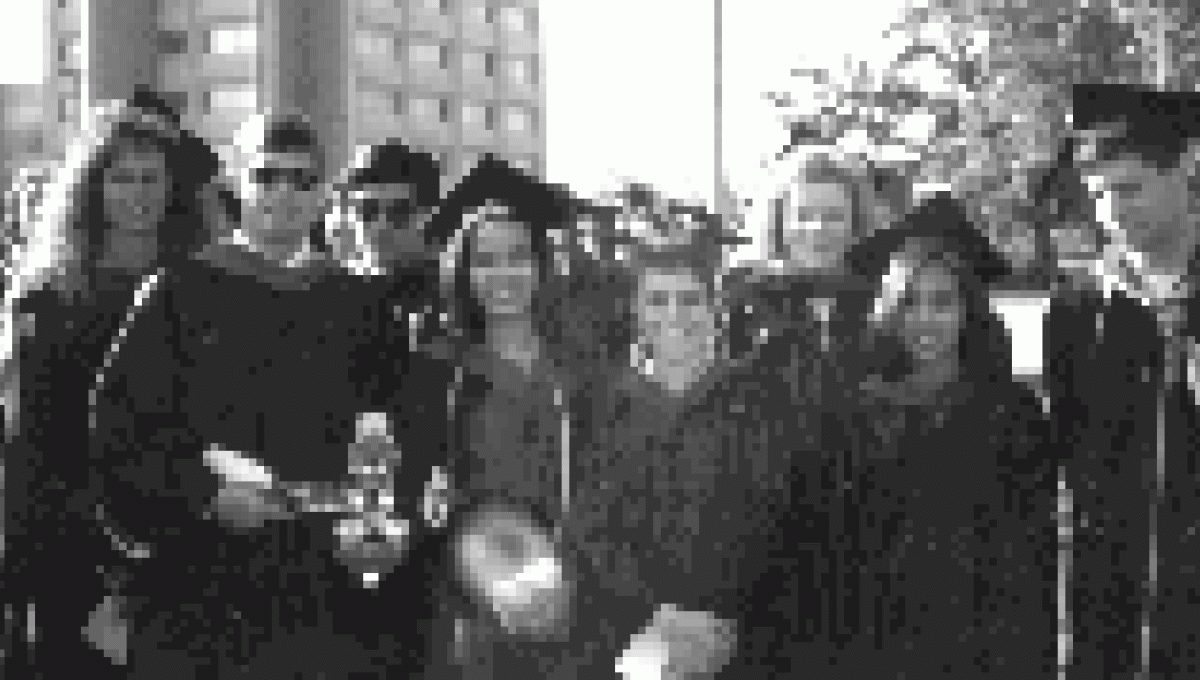
NMed Class of 1995
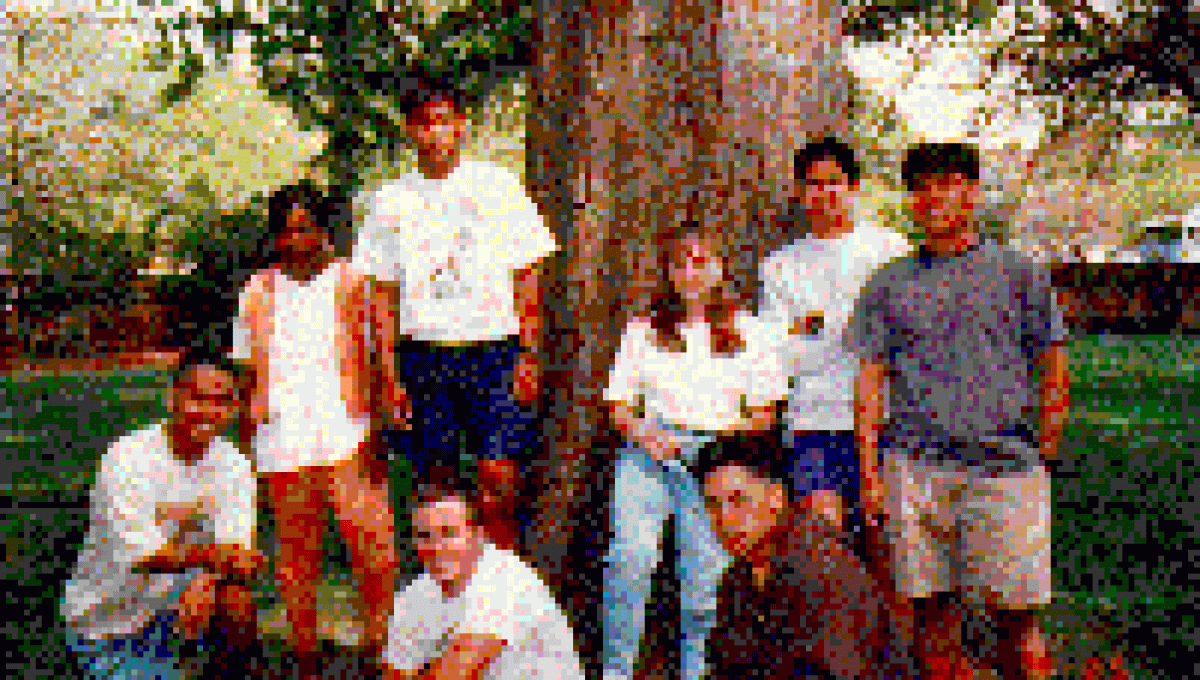
NMed Class of 1996
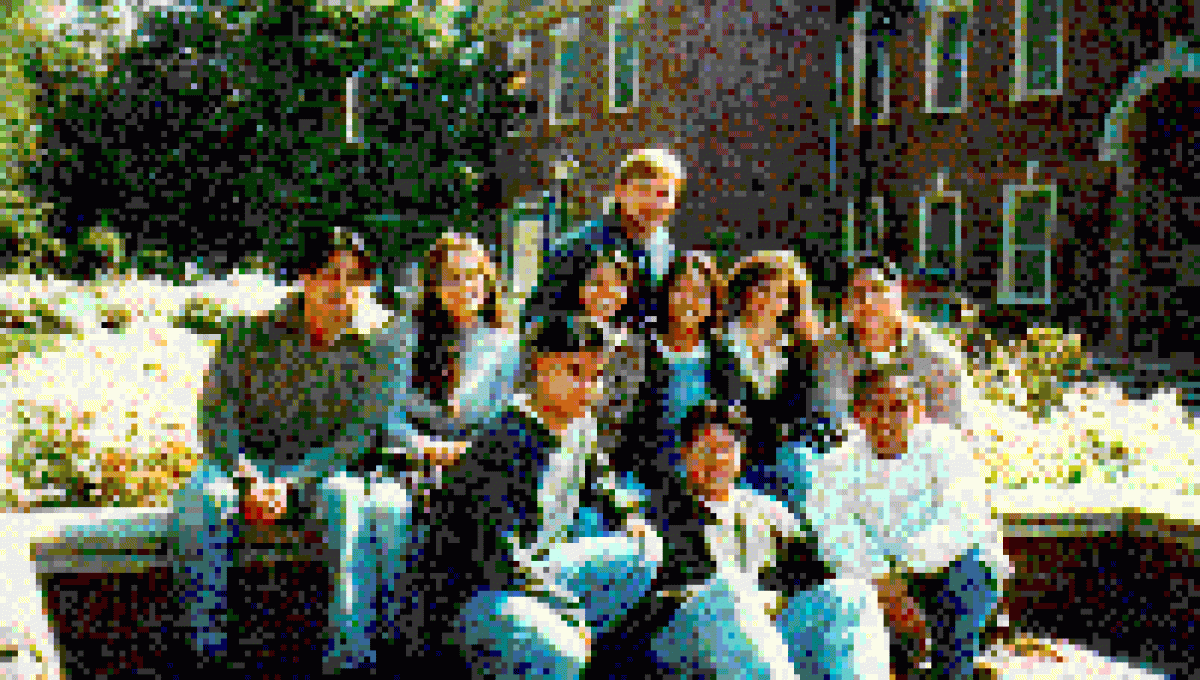
NMed Class of 1997
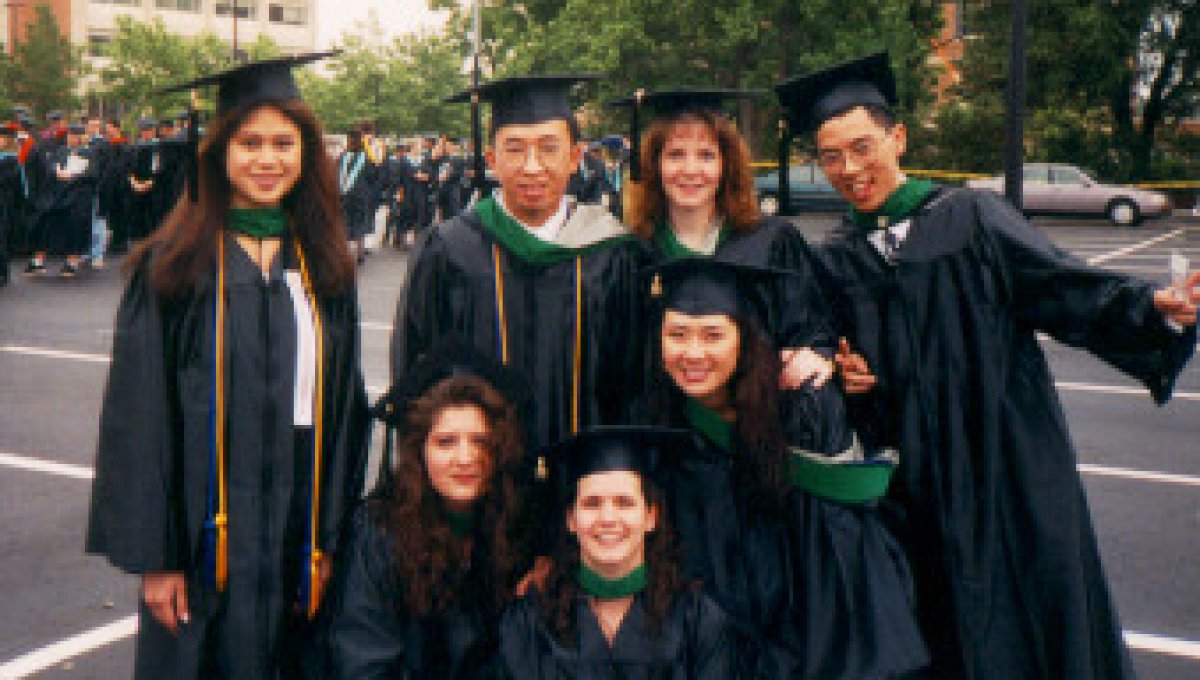
NMed Class of 1998
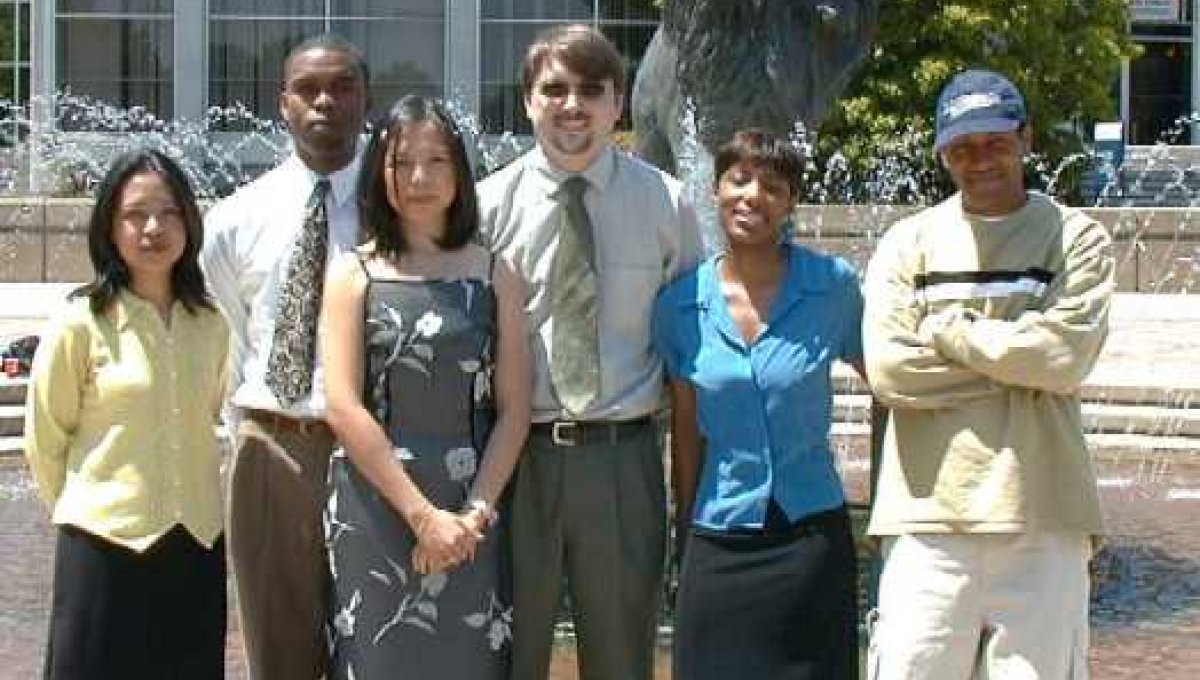
NMed Class of 1999
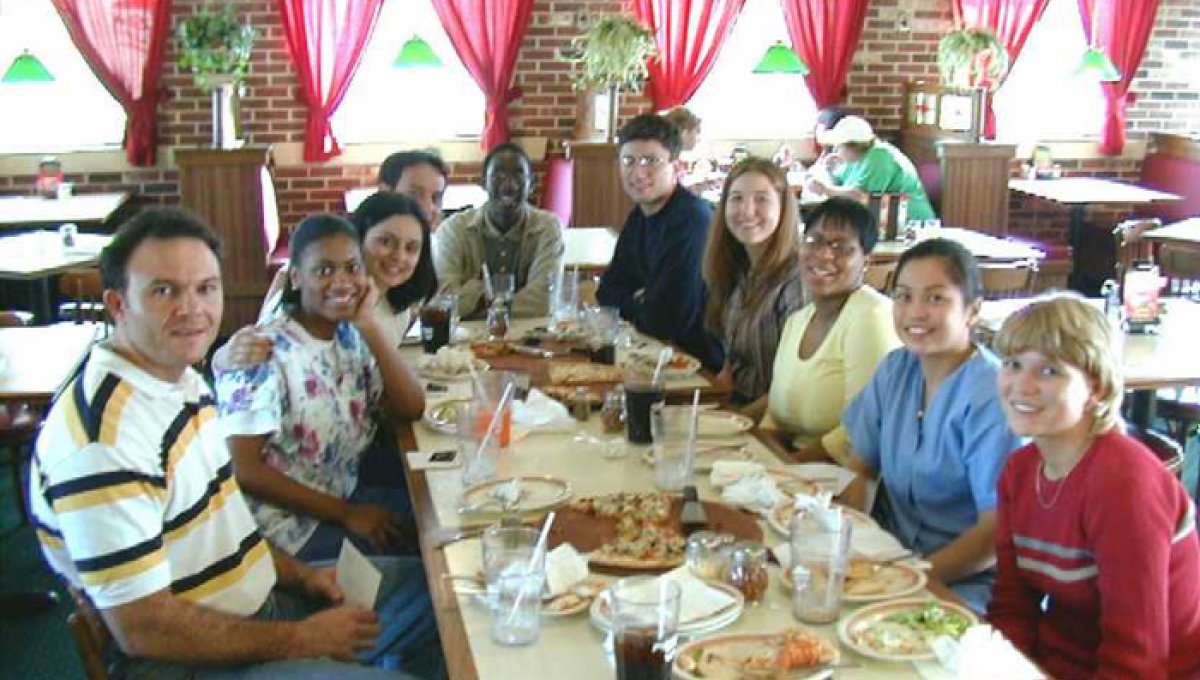
NMed Class of 2000
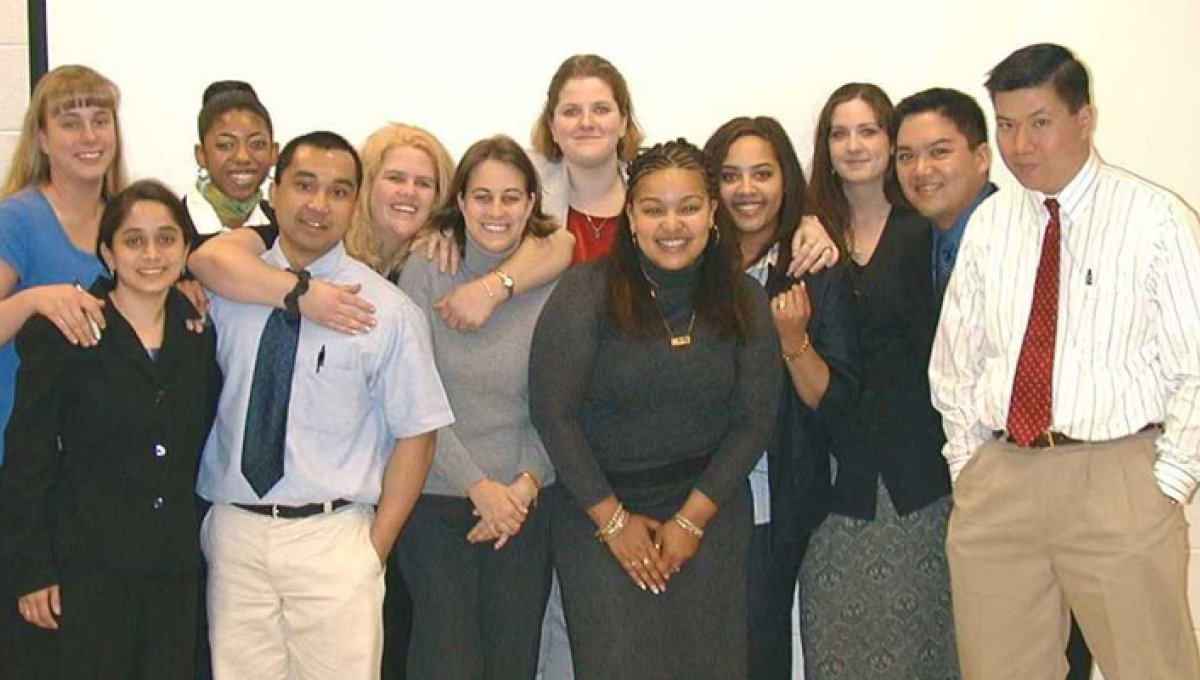
NMed Class of 2001
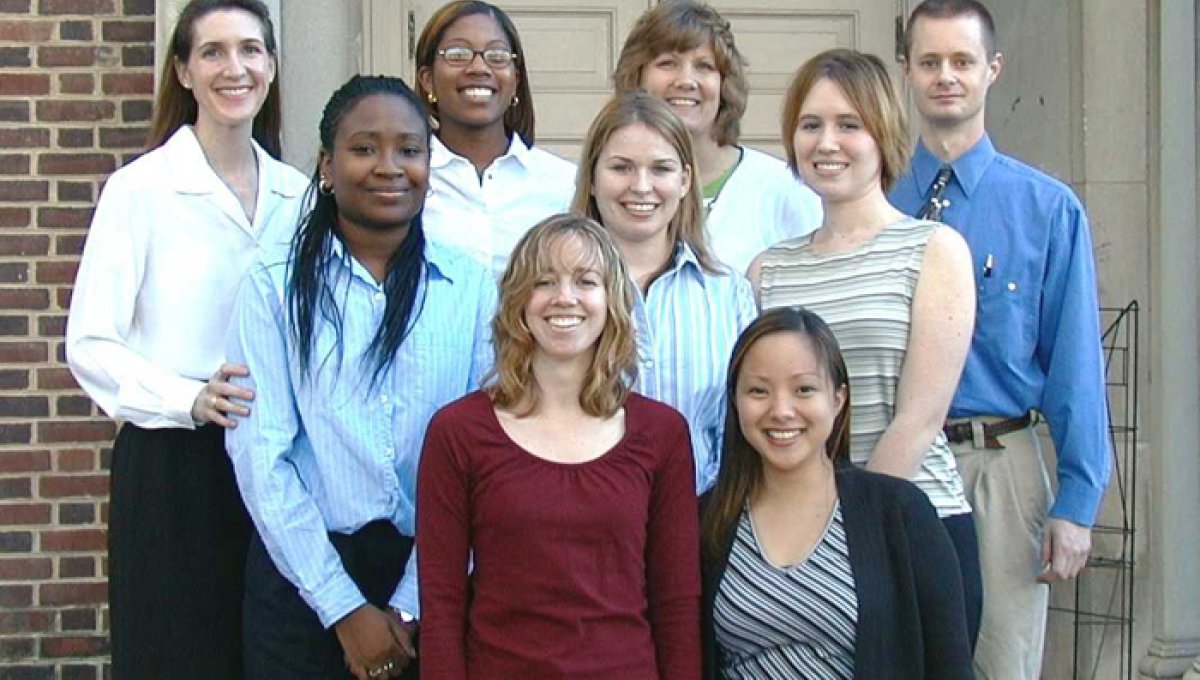
NMed Class of 2002
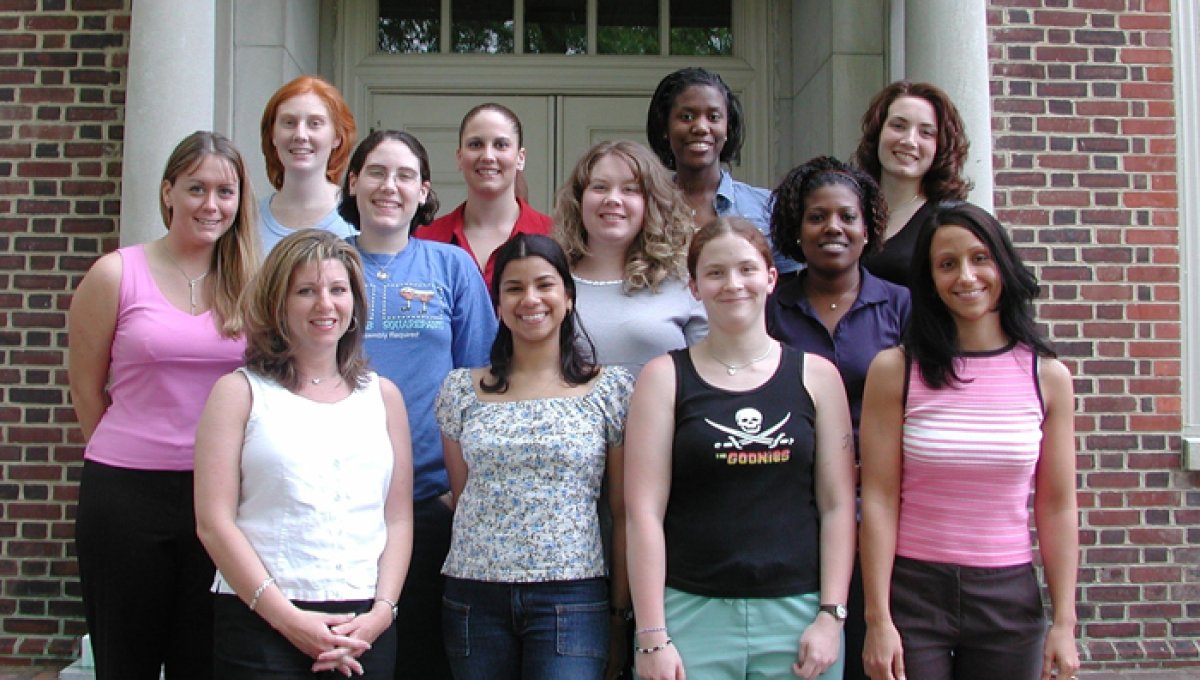
NMed Class of 2003

NMed Class of 2004
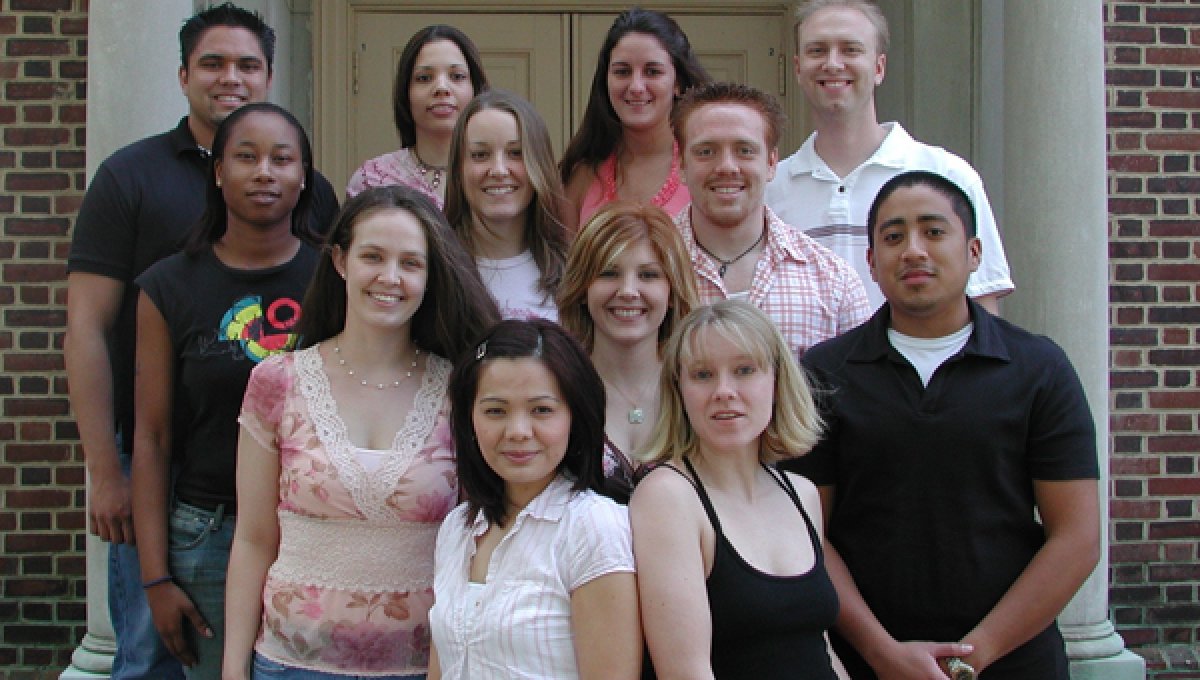
NMed Class of 2005

NMed Class of 2006
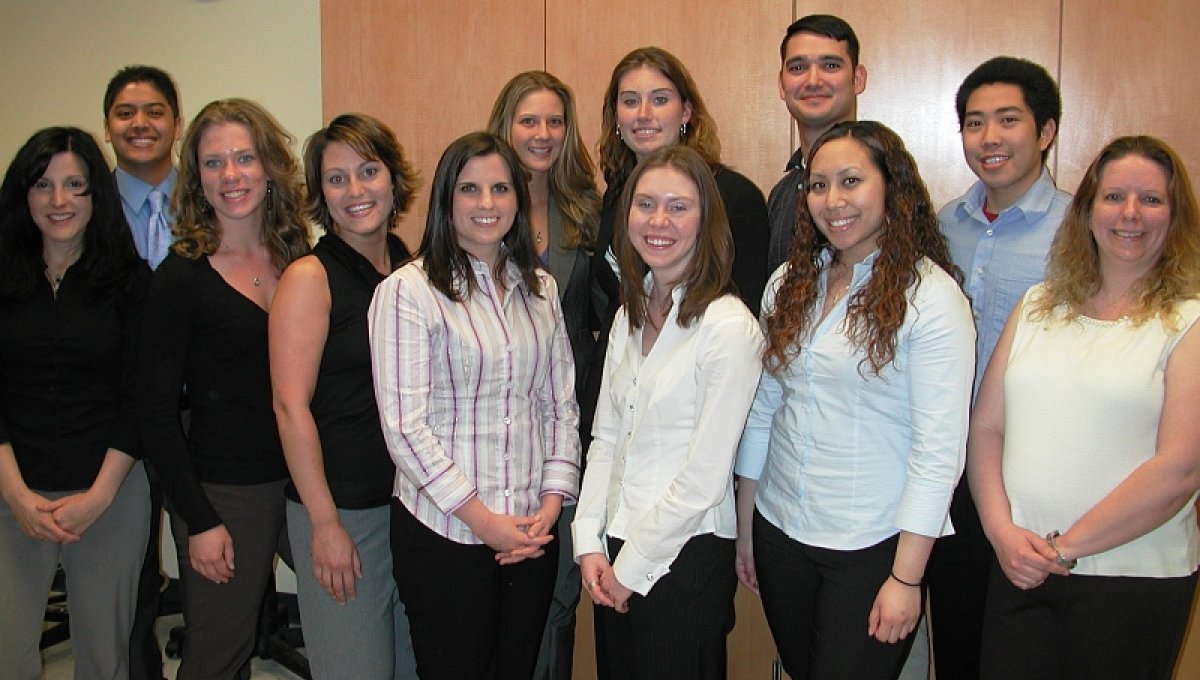
NMed Class of 2007
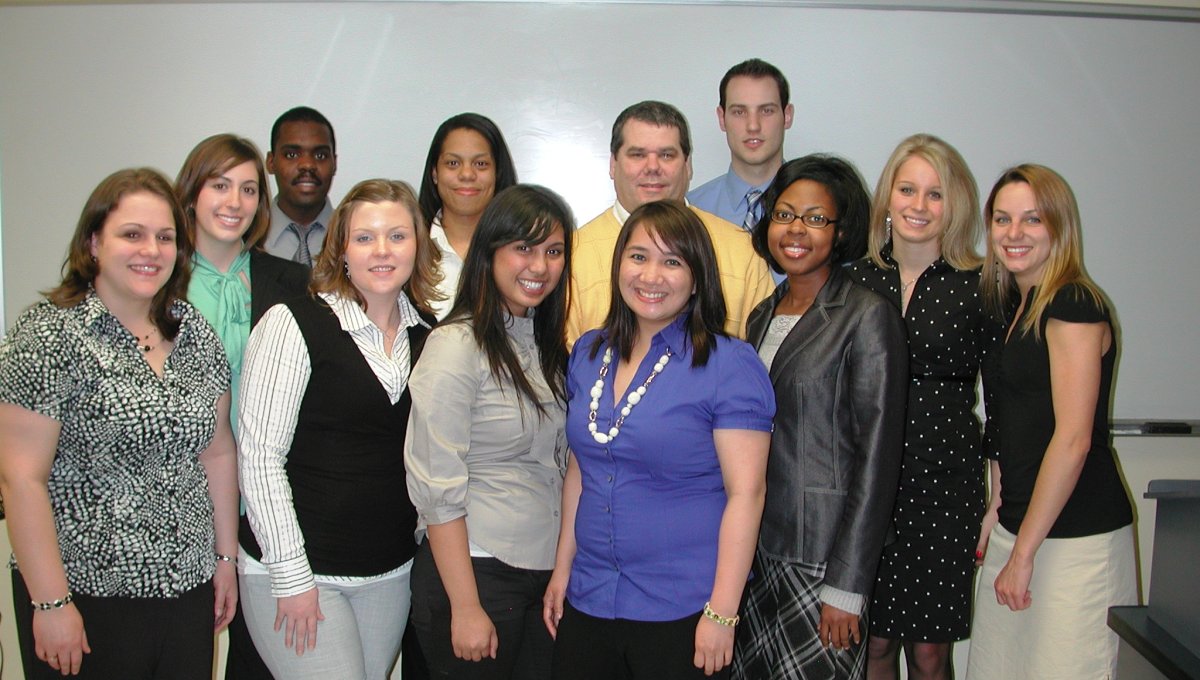
NMed Class of 2008
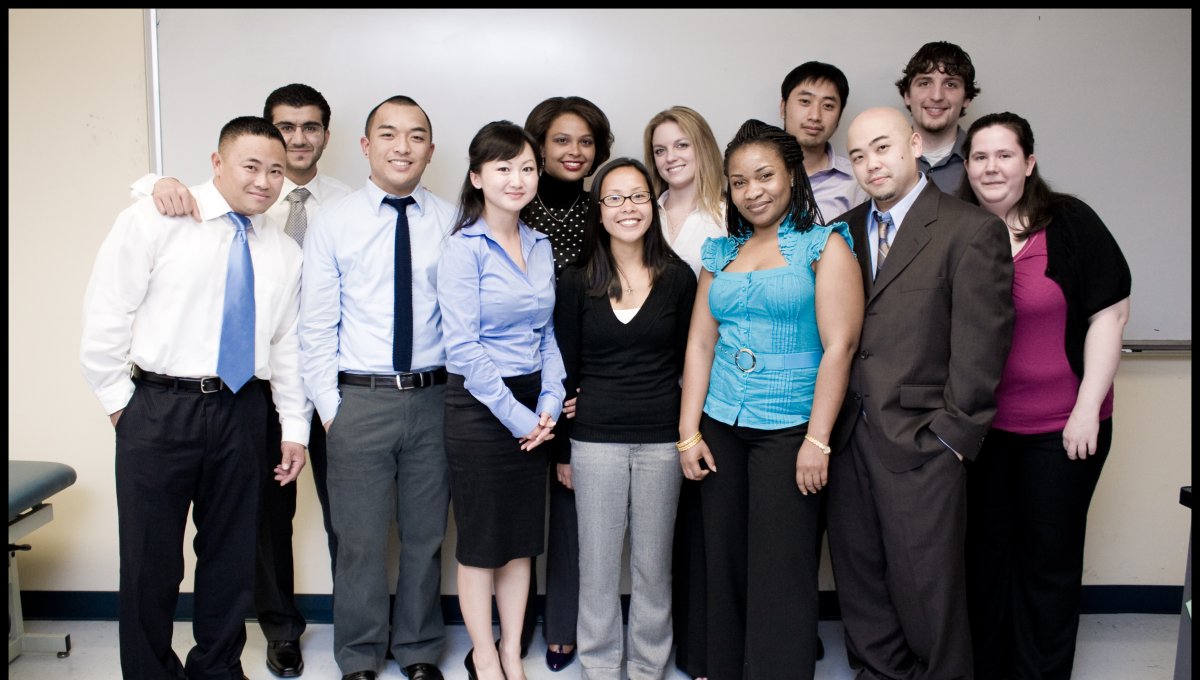
NMed Class of 2009
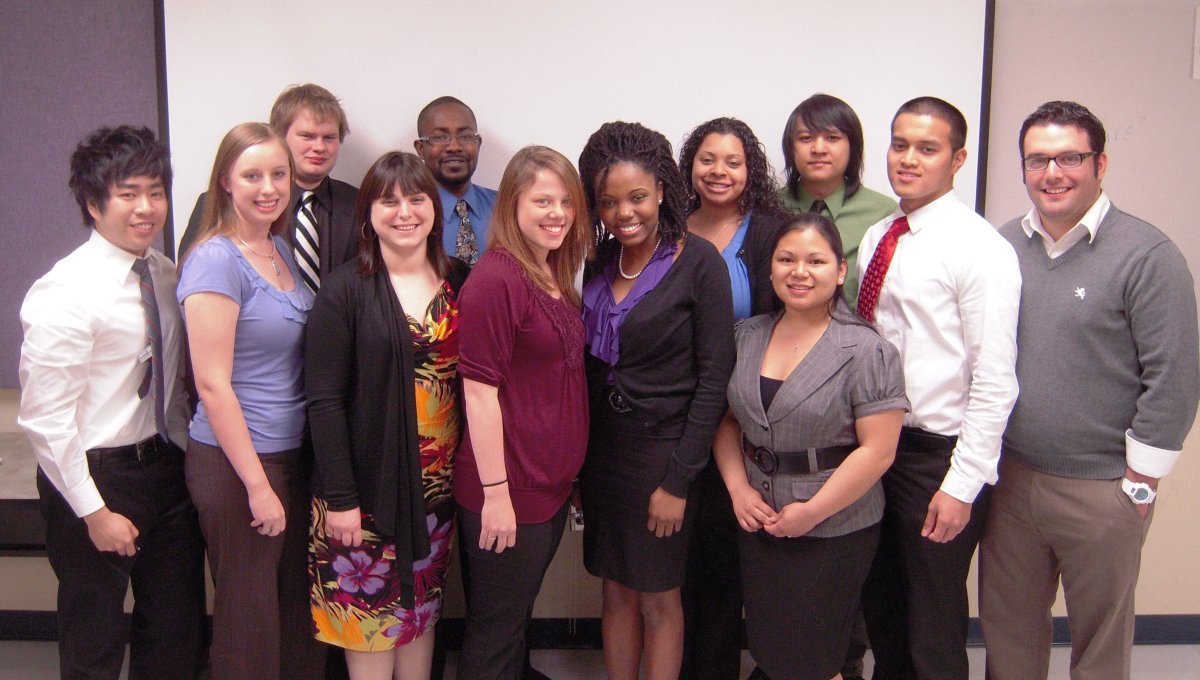
NMed Class of 2010

NMed Class of 2011
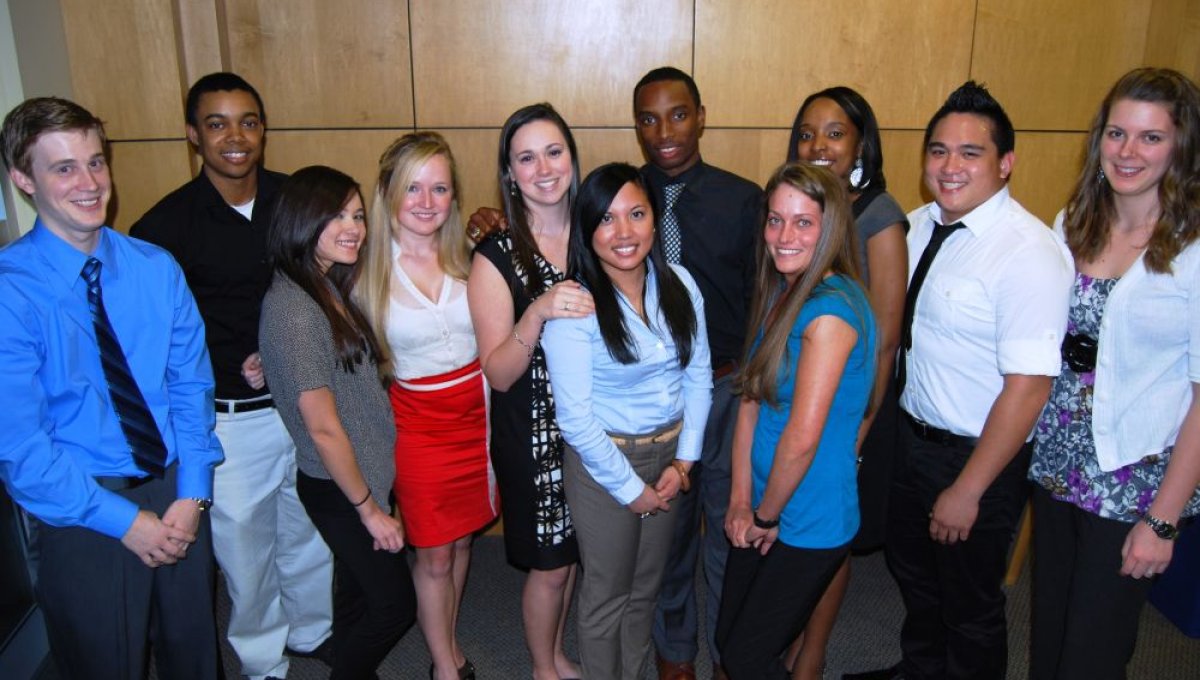
NMed Class of 2012
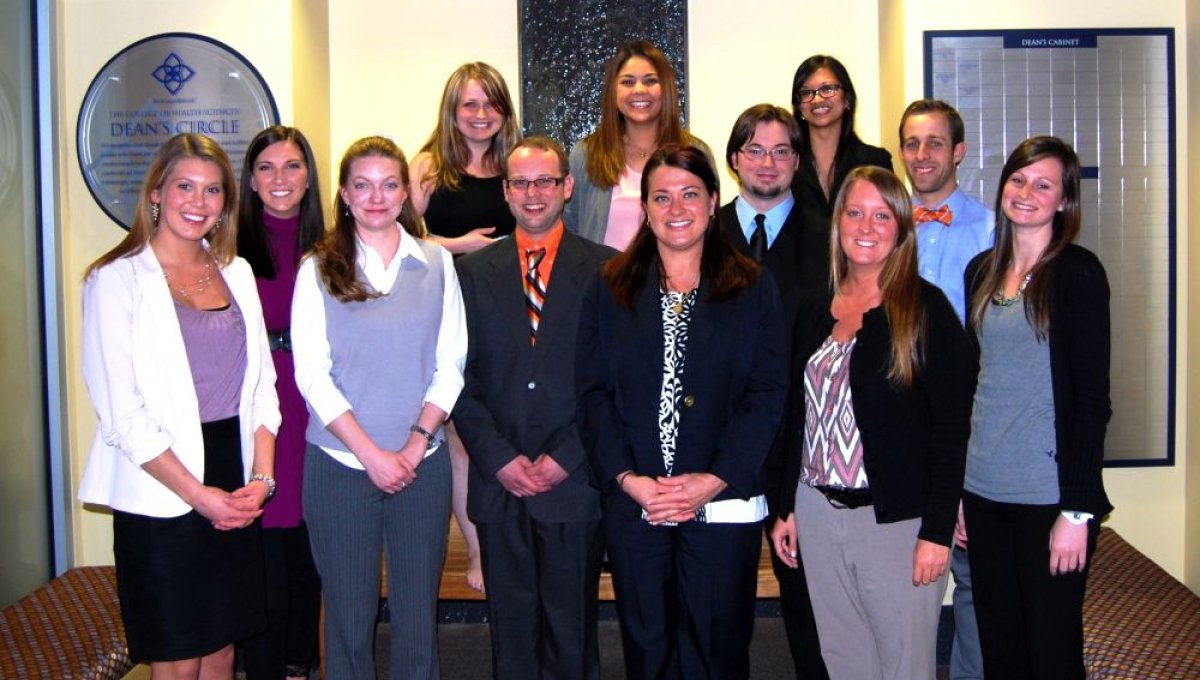
NMed Class of 2013

NMed Class of 2014
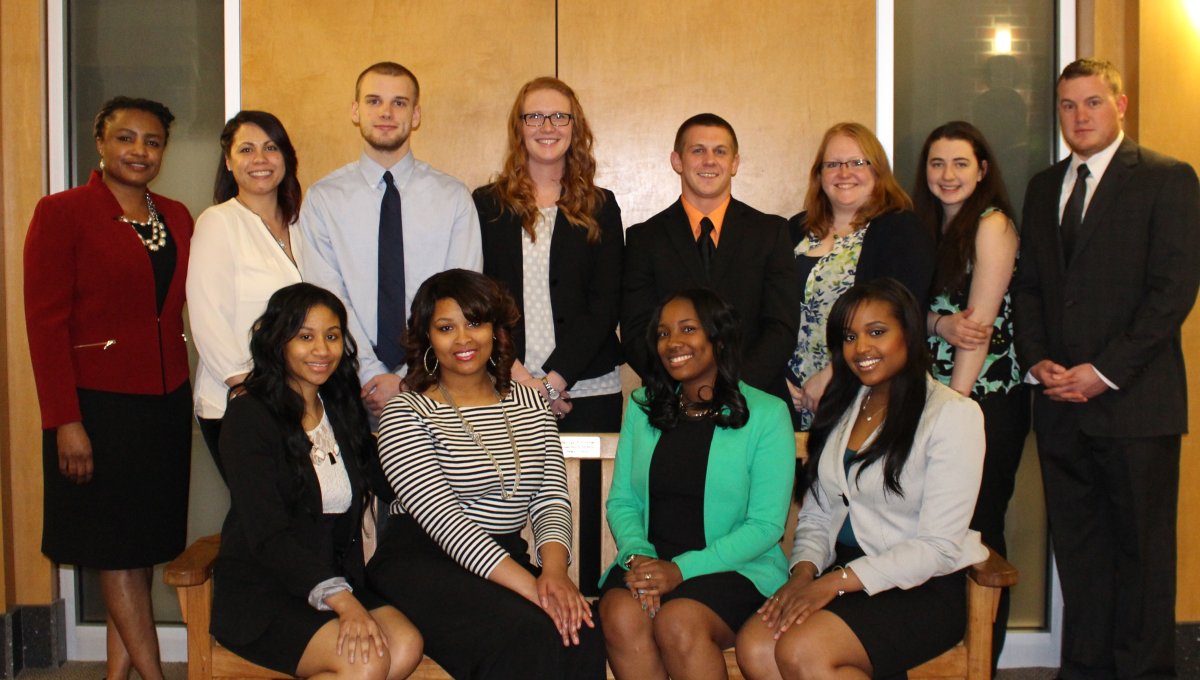
NMed Class of 2015
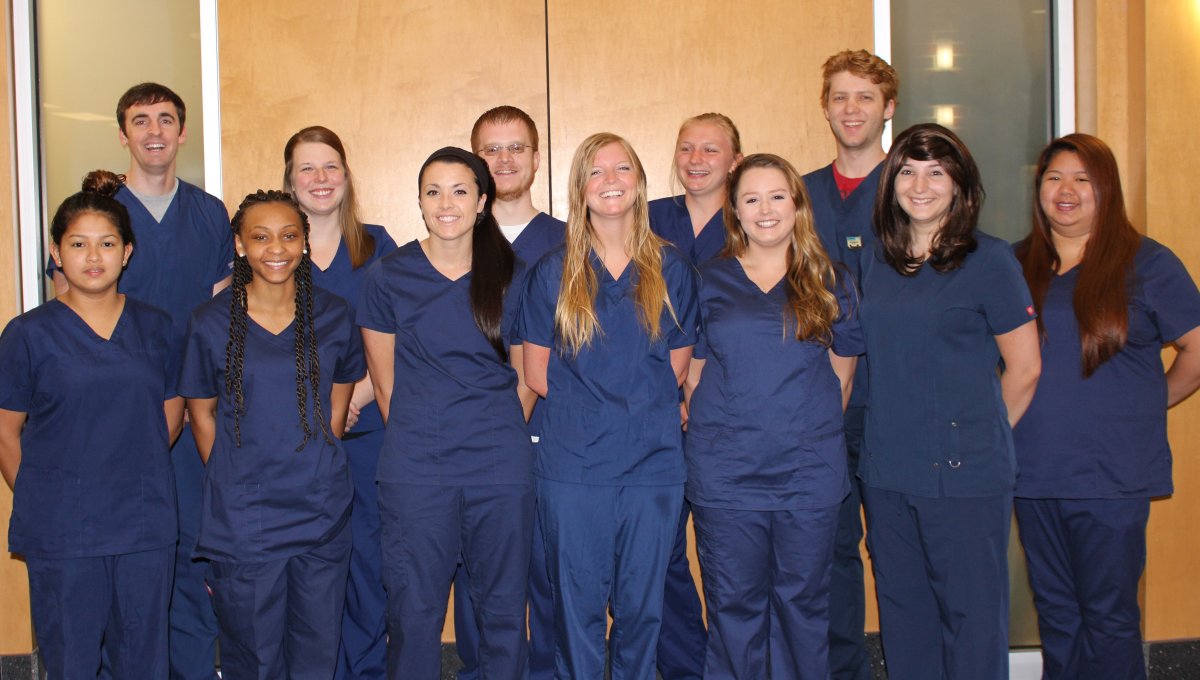
NMed Class of 2016
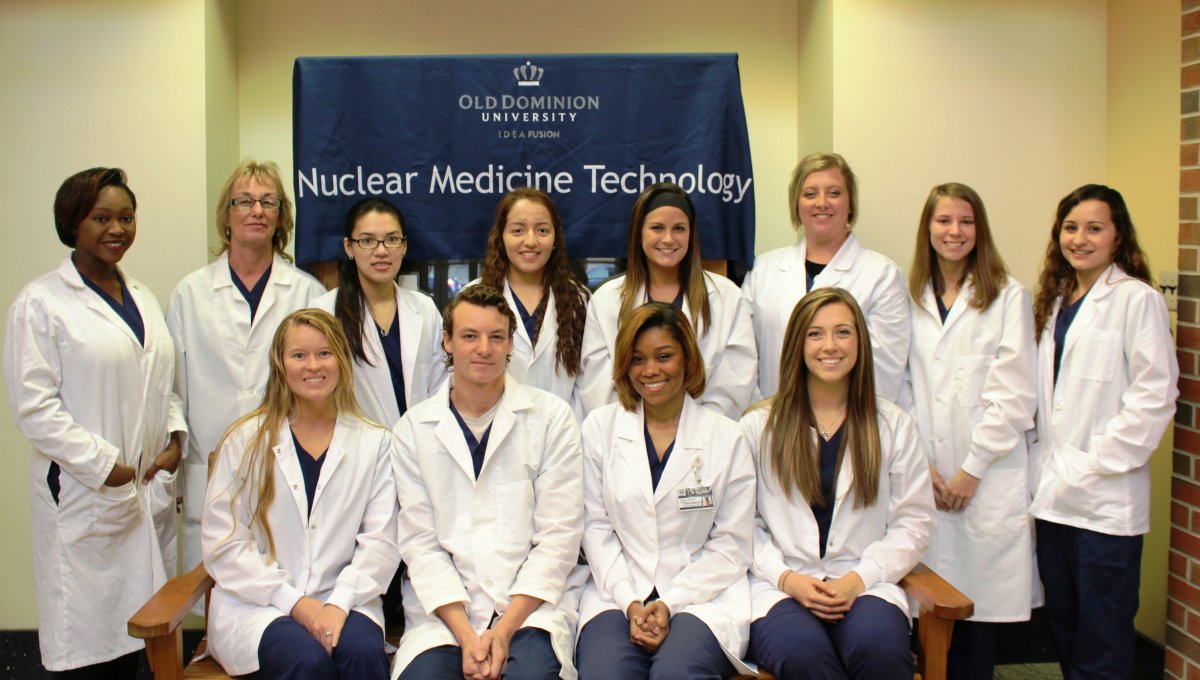
NMed Class of 2017

NMed Class of 2018
NMed Class of 1994
NMed Class of 1995
NMed Class of 1996
NMed Class of 1997
NMed Class of 1998
NMed Class of 1999
NMed Class of 2000
NMed Class of 2001
NMed Class of 2002
NMed Class of 2003
NMed Class of 2004
NMed Class of 2005
NMed Class of 2006
NMed Class of 2007
NMed Class of 2008
NMed Class of 2009
NMed Class of 2010
NMed Class of 2011
NMed Class of 2012
NMed Class of 2013
NMed Class of 2014
NMed Class of 2015
NMed Class of 2016
NMed Class of 2017
NMed Class of 2018



